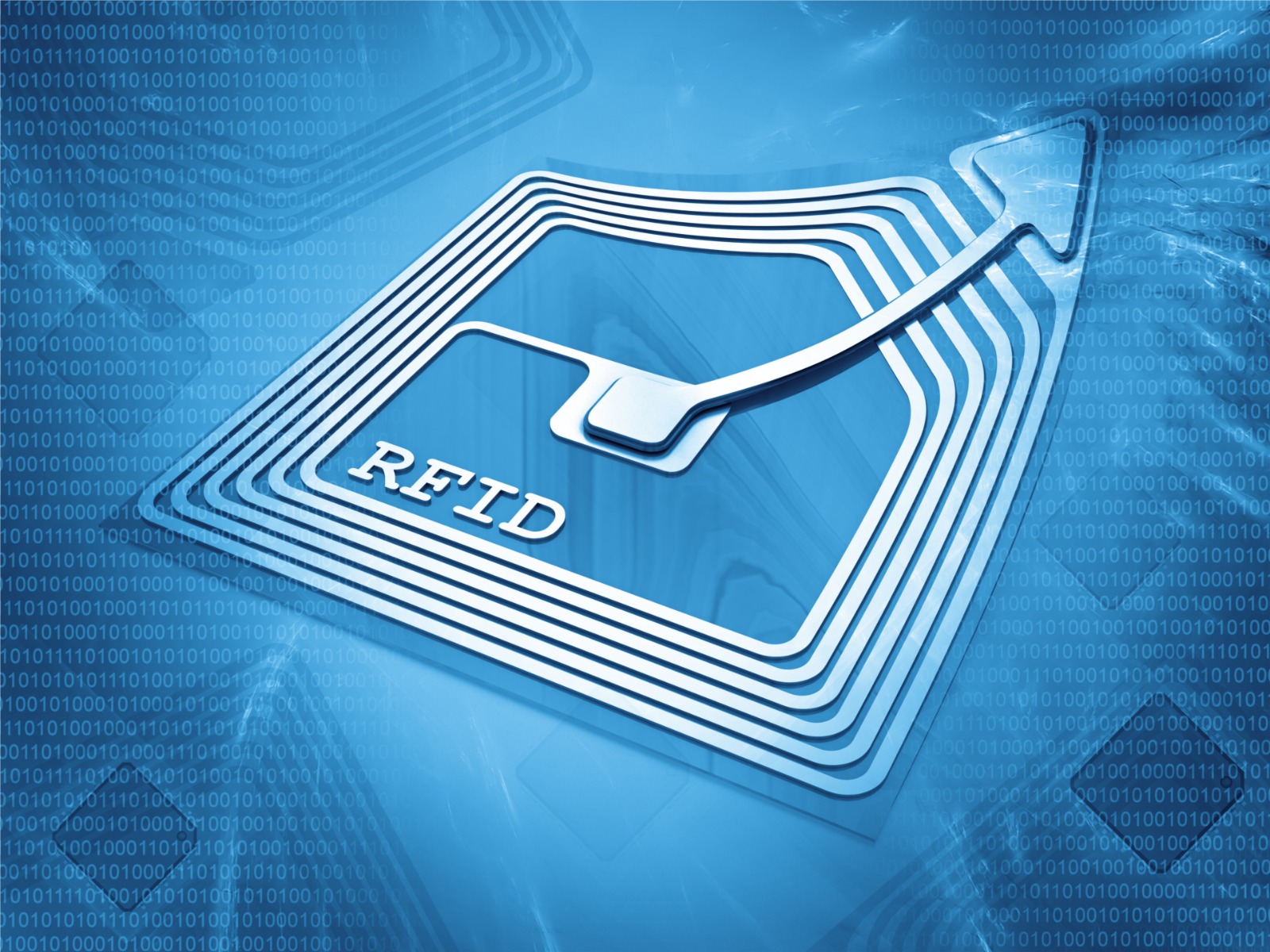The RFID tags market has experienced steady and substantial growth over the past decade, fueled by the increasing demand for real-time data tracking, inventory management, supply chain optimization, and asset monitoring. Radio Frequency Identification (RFID) tags are small electronic devices used to identify and track objects wirelessly through radio waves, providing a seamless alternative to traditional barcode systems.
RFID technology is rapidly transforming industries such as retail, healthcare, transportation, logistics, agriculture, and manufacturing by enabling automation, increasing accuracy, and enhancing operational efficiency.

What Are RFID Tags?
RFID tags consist of a microchip that stores data and an antenna that transmits the data to an RFID reader. Based on power source and functionality, RFID tags are categorized into:
Passive RFID Tags: No internal power source; activated by the reader signal.
Active RFID Tags: Powered by a battery; offer longer read ranges and memory.
Semi-passive (Battery-assisted) Tags: Powered internally but require activation by the reader.
These tags can store a wide range of information such as serial numbers, batch numbers, and product data, making them ideal for tracking items throughout their lifecycle.
Key Market Drivers
1. Growing Demand for Inventory and Asset Management
One of the primary drivers of the RFID tags market is the need for accurate, real-time inventory management. Industries like retail and logistics benefit from RFID's ability to streamline supply chain operations, reduce shrinkage, and improve stock visibility.
2. Expansion of Retail Automation
Retailers are using RFID tags to enable self-checkout, automate replenishment systems, and monitor in-store product movements. The ability to track individual items enhances omnichannel fulfillment and customer satisfaction.
3. Healthcare and Pharmaceutical Applications
Hospitals and pharmaceutical companies are adopting RFID to track medical equipment, monitor patient safety, and prevent copyright drugs. RFID tags improve accuracy in dosage delivery and enhance patient care workflows.
4. Government and Transportation Initiatives
Governments are increasingly using RFID in toll collection, vehicle tracking, and smart transportation systems. Additionally, RFID-enabled passports and identification cards are enhancing security and border control.
Market Segmentation
The RFID tags market can be segmented by type, frequency, application, and geography.
By Tag Type:
Passive RFID Tags
Active RFID Tags
Semi-passive RFID Tags
By Frequency:
Low Frequency (LF)
High Frequency (HF)
Ultra-high Frequency (UHF)
Microwave Frequency
By Application:
Retail
Logistics and Supply Chain
Healthcare
Agriculture
Automotive
Aerospace and Defense
Transportation and Toll Systems
Manufacturing
Government
Regional Insights
North America
North America leads the RFID tags market due to robust technology infrastructure, early adoption in retail and healthcare, and regulatory compliance in industries such as defense and pharmaceuticals.
Europe
Europe is witnessing steady adoption driven by automotive manufacturing, smart city development, and sustainable farming practices. Countries like Germany, the UK, and France are major contributors to the market.
Asia-Pacific
Asia-Pacific is emerging as the fastest-growing region, supported by rapid industrialization, booming e-commerce, and government-backed digital initiatives. China, Japan, and India are the key markets in this region.
Latin America and Middle East & Africa
These regions are gradually embracing RFID technology in transportation, agriculture, and government identification projects. Rising awareness and decreasing hardware costs are expected to accelerate adoption.
Competitive Landscape
The RFID tags market is highly competitive, with both established players and innovative startups offering solutions tailored to specific industry needs. Major companies include:
Avery Dennison Corporation
Zebra Technologies Corporation
NXP Semiconductors N.V.
HID Global Corporation
Alien Technology
Impinj, Inc.
Smartrac N.V.
Honeywell International Inc.
Invengo Information Technology
Omni-ID
These companies are investing in advanced materials, antenna design, and cloud-based data analytics to expand the utility of RFID systems.
Challenges Facing the Market
Despite its advantages, the RFID tags market faces a few hurdles:
High Initial Costs: Although prices are decreasing, the upfront cost of RFID infrastructure (tags, readers, software) can be a barrier for small and mid-sized enterprises.
Interference and Readability Issues: Environmental factors, metal surfaces, and liquid interference can affect read range and accuracy.
Data Privacy Concerns: The ability to track items remotely raises concerns over surveillance and unauthorized access to sensitive information.
Standardization: The lack of universal standards can create interoperability issues across different vendors and systems.
Future Outlook
The future of the RFID tags market looks promising, especially with ongoing advancements in chip technology, sensor integration, and cloud computing. The convergence of RFID with Internet of Things (IoT), artificial intelligence, and blockchain is set to revolutionize asset tracking, product authentication, and supply chain transparency.
Key trends to watch include:
Integration with smart packaging for real-time condition monitoring
Growth of RFID in cold chain logistics and temperature-sensitive goods
Use in environmental monitoring and wildlife tracking
Expansion into the consumer IoT segment through wearable devices
As industries continue to digitize operations and prioritize efficiency, the RFID tags market is poised to be a cornerstone of modern data-driven infrastructure. From improving retail performance to enabling contactless logistics, RFID is not just a technology—it's a strategic enabler of smart, connected ecosystems.
Related Trending Reports